Prototyping an Internet of Things connected product
What is the Internet of Things?
Increasingly, clients are engaging product design and development consultancies to create internet-connected products. These cloud-based or so-called smart devices are all part of the Internet of Things (IoT) and are growing in popularity alongside Artificial Intelligence (AI) and other technologies.
If you are exploring commissioning an IoT or app-based product then we would recommend reading this Case Study. We will detail some of our experience in prototyping IoT products and some of the challenges that we faced.
From the software and electronics to the hardware and housing, we are an experienced team of product designers who will share our knowledge with you throughout the development process.
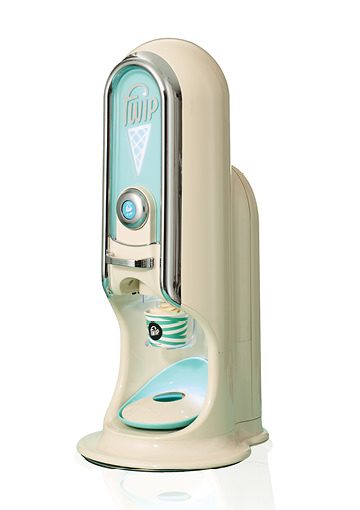
Reducing prototyping costs for an IoT product
Across our projects as a product design agency, we always aim to work in 3D as early in the development process as we can. This means making prototypes and mock-ups as an iterative process before committing to Alpha, Beta and finally the production product.
Our first aim is to produce a Proof of Concept prototype (PoC). For this, we will use off the shelf electronic components. The functioning electronics are put in simple boxes with simple buttons. This prototype allows us to test User Interface (UI) and User Experience (UX).
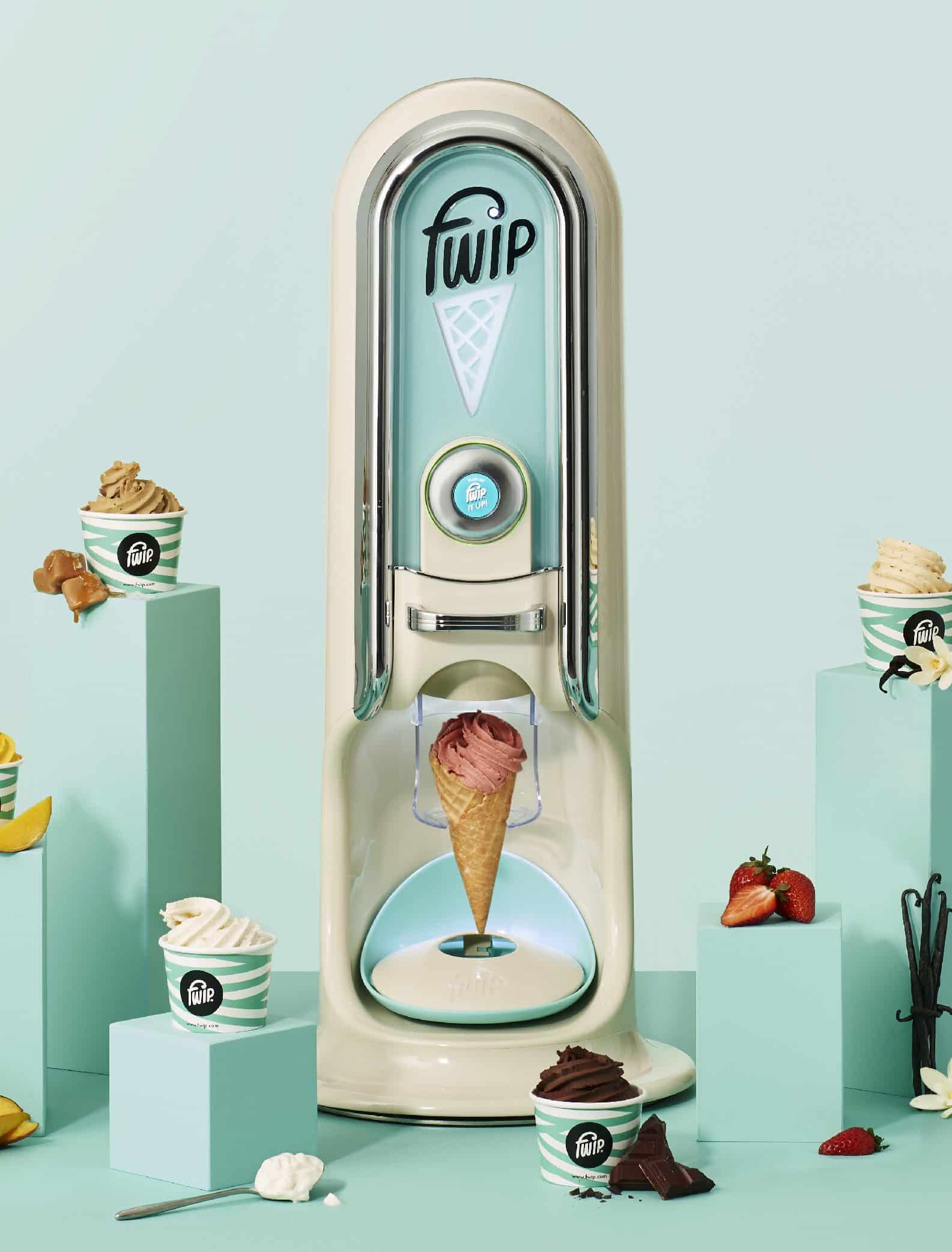
Works Like, Looks Like prototyping for an IoT connected product
Following this, we progress to the next prototype of a higher fidelity. Here at Bang Creations, we call it a Works Like, Looks Like (WLLL) prototype. This is what we use for user trials and so must be representative of the final production product. Visualising the product this way also helps us to test its industrial design. However, at this stage, the product may still be a shell and not engineered for production.
Certified, off-the-shelf components such as the Raspberry Pi are good value and can seem a good fit for IoT prototyping. However, they carry many tertiary components that may not be required for the function of your new product. It is often more efficient to explore developing a bespoke PCB board for your product. This may reduce the product cost but increase the product development time as bespoke PCB boards require their own certification.
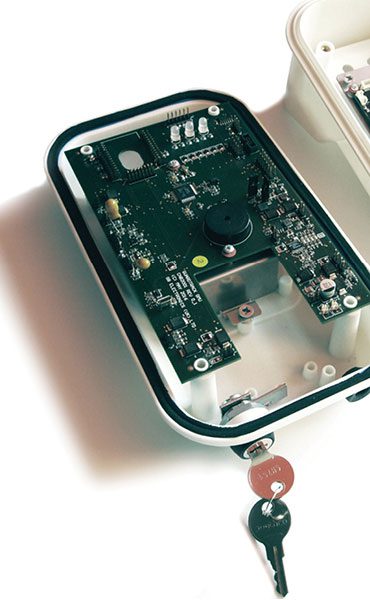
Our experience with IoT products
At present, we have two projects in production that enable data to be sent via the cloud to a user-enabled app. The first is Knoxxa, an electrical unit that monitors security guards by requesting they trigger various GMU boxes. This is fed back to a central control centre via a WiFi router or GSM network. The user interacts with the product through a cloud-based app.
Our second IoT project in production is the FWIP ice cream vending machine. It is capable of advising the user how much stock has passed through it and can advise a reorder. It can also forecast the most popular flavours of the product based on statistics from previous years.
EMC testing IoT products
Electromagnetic Compatibility (EMC) is the interaction of electrical and electronic equipment with their electromagnetic environment, and with other equipment. All electronic devices have the potential to emit electromagnetic fields especially an IoT connected device.
When engaging a product design agency to design an IoT connected product, it is important to consider the EMC test. The EMC test is only granted when a final production product is submitted and so the product design, development and prototyping processes must accommodate for it.
As such, electronics projects must be planned to meet specific gateways and IoT prototypes must be built to verify that it will have great User Experience (UX) and functionality and pass production testing.
Our solution
For Knoxxa we developed five gateways, a router and 15 GMU units. Each gateway was paired with two GMU units and sent for user trials. In addition to this, we sent the units for an EMC review to ensure that our new product would pass an EMC test. The mechanical units for the gateways had to be IP65 (dust and splash-proof). Had we not anticipated these tests throughout the product development and prototyping process, we would have likely encountered costly delays at this stage.
Following these prototypes, it is common to make design alterations in response to the user trials and testing. This product development cycle can be repeated until we are completely satisfied that the design has great User Experience (UX), will comply with all applicable safety standards and can be made for a marketable cost.
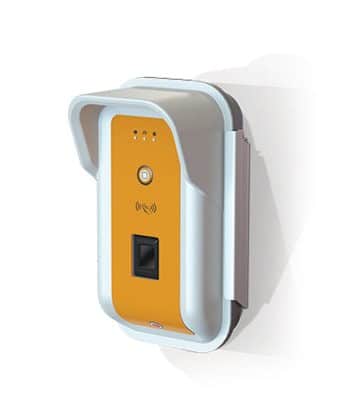
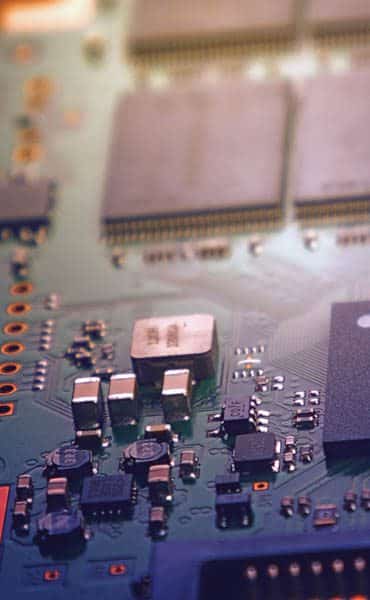
The outcome
At Bang Creations, we work closely with our production partner engineers to take designs into production engineering. Each component is designed for manufacture and is prototyped using 3D prints or CNC parts to produce a Pre-Production Prototype (PPP). The electronics boards are made, and the firmware code is embedded into the hardware. The development team will overlay the latest release of software. This prototype must be signed off by the client before starting production tooling.
When the product design team and client are happy with the production test samples, a Final Engineering prototype (FEP) is signed off by the whole team prior to batch production. These FEPs are production samples and can be submitted for an EMC test certificate and then placed in the field for user trials and marketing activity.
If you are interested in learning more about our experience in designing and prototyping IoT products, then please get in touch.
Find out more about prototyping

Prototyping an Internet of Things connected product
What is the Internet of Things?
Increasingly, clients are engaging product design and development consultancies to create internet-connected products. These cloud-based or so-called smart devices are all part of the Internet of Things (IoT) and are growing in popularity alongside Artificial Intelligence (AI) and other technologies.
If you are exploring commissioning an IoT or app-based product then we would recommend reading this Case Study. We will detail some of our experience in prototyping IoT products and some of the challenges that we faced.
From the software and electronics to the hardware and housing, we are an experienced team of product designers who will share our knowledge with you throughout the development process.
Reducing prototyping costs for an IoT product
Across our projects as a product design agency, we always aim to work in 3D as early in the development process as we can. This means making prototypes and mock-ups as an iterative process before committing to Alpha, Beta and finally the production product.
Our first aim is to produce a Proof of Concept prototype (PoC). For this, we will use off the shelf electronic components. The functioning electronics are put in simple boxes with simple buttons. This prototype allows us to test User Interface (UI) and User Experience (UX).
Works Like, Looks Like prototyping for an IoT connected product
Following this, we progress to the next prototype of a higher fidelity. Here at Bang Creations, we call it a Works Like, Looks Like (WLLL) prototype. This is what we use for user trials and so must be representative of the final production product. Visualising the product this way also helps us to test its industrial design. However, at this stage, the product may still be a shell and not engineered for production.
Certified, off-the-shelf components such as the Raspberry Pi are good value and can seem a good fit for IoT prototyping. However, they carry many tertiary components that may not be required for the function of your new product. It is often more efficient to explore developing a bespoke PCB board for your product. This may reduce the product cost but increase the product development time as bespoke PCB boards require their own certification.
Our experience with IoT products
At present, we have two projects in production that enable data to be sent via the cloud to a user-enabled app. The first is Knoxxa, an electrical unit that monitors security guards by requesting they trigger various GMU boxes. This is fed back to a central control centre via a WiFi router or GSM network. The user interacts with the product through a cloud-based app.
Our second IoT project in production is the FWIP ice cream vending machine. It is capable of advising the user how much stock has passed through it and can advise a reorder. It can also forecast the most popular flavours of the product based on statistics from previous years.
EMC testing IoT products
Electromagnetic Compatibility (EMC) is the interaction of electrical and electronic equipment with their electromagnetic environment, and with other equipment. All electronic devices have the potential to emit electromagnetic fields especially an IoT connected device.
When engaging a product design agency to design an IoT connected product, it is important to consider the EMC test. The EMC test is only granted when a final production product is submitted and so the product design, development and prototyping processes must accommodate for it.
As such, electronics projects must be planned to meet specific gateways and IoT prototypes must be built to verify that it will have great User Experience (UX) and functionality and pass production testing.
Our solution
For Knoxxa we developed five gateways, a router and 15 GMU units. Each gateway was paired with two GMU units and sent for user trials. In addition to this, we sent the units for an EMC review to ensure that our new product would pass an EMC test. The mechanical units for the gateways had to be IP65 (dust and splash-proof). Had we not anticipated these tests throughout the product development and prototyping process, we would have likely encountered costly delays at this stage.
Following these prototypes, it is common to make design alterations in response to the user trials and testing. This product development cycle can be repeated until we are completely satisfied that the design has great User Experience (UX), will comply with all applicable safety standards and can be made for a marketable cost.
The outcome
At Bang Creations, we work closely with our production partner engineers to take designs into production engineering. Each component is designed for manufacture and is prototyped using 3D prints or CNC parts to produce a Pre-Production Prototype (PPP). The electronics boards are made, and the firmware code is embedded into the hardware. The development team will overlay the latest release of software. This prototype must be signed off by the client before starting production tooling.
When the product design team and client are happy with the production test samples, a Final Engineering prototype (FEP) is signed off by the whole team prior to batch production. These FEPs are production samples and can be submitted for an EMC test certificate and then placed in the field for user trials and marketing activity.
If you are interested in learning more about our experience in designing and prototyping IoT products, then please get in touch.
Find out more about prototyping

Prototyping an Internet of Things connected product
What is the Internet of Things?
Increasingly, clients are engaging product design and development consultancies to create internet-connected products. These cloud-based or so-called smart devices are all part of the Internet of Things (IoT) and are growing in popularity alongside Artificial Intelligence (AI) and other technologies.
If you are exploring commissioning an IoT or app-based product then we would recommend reading this Case Study. We will detail some of our experience in prototyping IoT products and some of the challenges that we faced.
From the software and electronics to the hardware and housing, we are an experienced team of product designers who will share our knowledge with you throughout the development process.
Reducing prototyping costs for an IoT product
Across our projects as a product design agency, we always aim to work in 3D as early in the development process as we can. This means making prototypes and mock-ups as an iterative process before committing to Alpha, Beta and finally the production product.
Our first aim is to produce a Proof of Concept prototype (PoC). For this, we will use off the shelf electronic components. The functioning electronics are put in simple boxes with simple buttons. This prototype allows us to test User Interface (UI) and User Experience (UX).
Works Like, Looks Like prototyping for an IoT connected product
Following this, we progress to the next prototype of a higher fidelity. Here at Bang Creations, we call it a Works Like, Looks Like (WLLL) prototype. This is what we use for user trials and so must be representative of the final production product. Visualising the product this way also helps us to test its industrial design. However, at this stage, the product may still be a shell and not engineered for production.
Certified, off-the-shelf components such as the Raspberry Pi are good value and can seem a good fit for IoT prototyping. However, they carry many tertiary components that may not be required for the function of your new product. It is often more efficient to explore developing a bespoke PCB board for your product. This may reduce the product cost but increase the product development time as bespoke PCB boards require their own certification.
Our experience with IoT products
At present, we have two projects in production that enable data to be sent via the cloud to a user-enabled app. The first is Knoxxa, an electrical unit that monitors security guards by requesting they trigger various GMU boxes. This is fed back to a central control centre via a WiFi router or GSM network. The user interacts with the product through a cloud-based app.
Our second IoT project in production is the FWIP ice cream vending machine. It is capable of advising the user how much stock has passed through it and can advise a reorder. It can also forecast the most popular flavours of the product based on statistics from previous years.
EMC testing IoT products
Electromagnetic Compatibility (EMC) is the interaction of electrical and electronic equipment with their electromagnetic environment, and with other equipment. All electronic devices have the potential to emit electromagnetic fields especially an IoT connected device.
When engaging a product design agency to design an IoT connected product, it is important to consider the EMC test. The EMC test is only granted when a final production product is submitted and so the product design, development and prototyping processes must accommodate for it.
As such, electronics projects must be planned to meet specific gateways and IoT prototypes must be built to verify that it will have great User Experience (UX) and functionality and pass production testing.
Our solution
For Knoxxa we developed five gateways, a router and 15 GMU units. Each gateway was paired with two GMU units and sent for user trials. In addition to this, we sent the units for an EMC review to ensure that our new product would pass an EMC test. The mechanical units for the gateways had to be IP65 (dust and splash-proof). Had we not anticipated these tests throughout the product development and prototyping process, we would have likely encountered costly delays at this stage.
Following these prototypes, it is common to make design alterations in response to the user trials and testing. This product development cycle can be repeated until we are completely satisfied that the design has great User Experience (UX), will comply with all applicable safety standards and can be made for a marketable cost.
The outcome
At Bang Creations, we work closely with our production partner engineers to take designs into production engineering. Each component is designed for manufacture and is prototyped using 3D prints or CNC parts to produce a Pre-Production Prototype (PPP). The electronics boards are made, and the firmware code is embedded into the hardware. The development team will overlay the latest release of software. This prototype must be signed off by the client before starting production tooling.
When the product design team and client are happy with the production test samples, a Final Engineering prototype (FEP) is signed off by the whole team prior to batch production. These FEPs are production samples and can be submitted for an EMC test certificate and then placed in the field for user trials and marketing activity.
If you are interested in learning more about our experience in designing and prototyping IoT products, then please get in touch.
